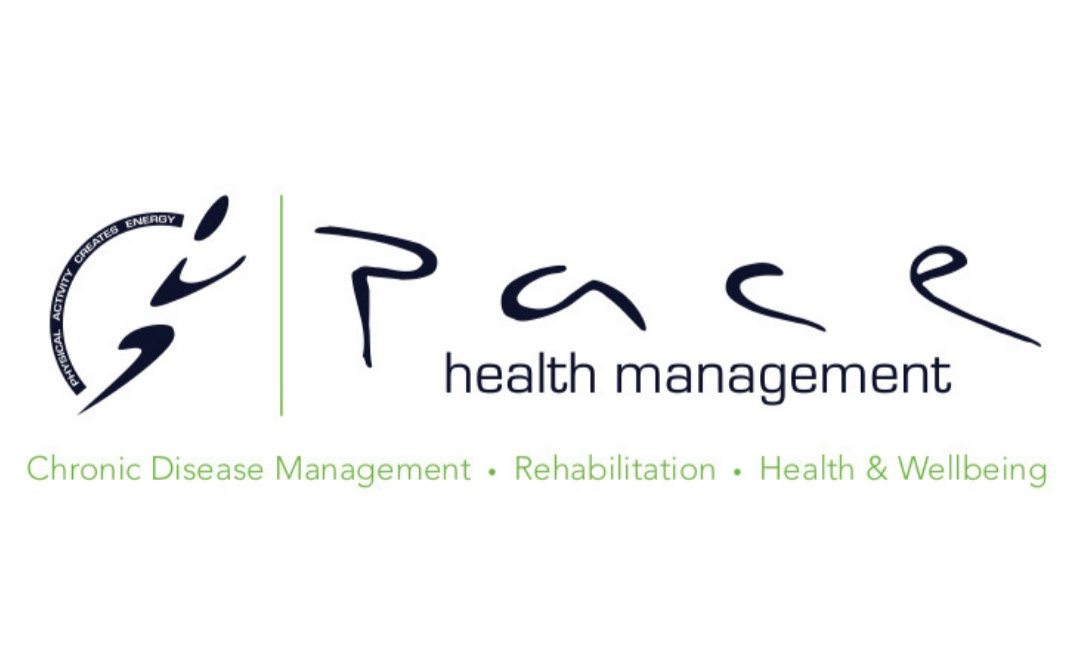Exercise and Osteoporosis
As we age, our bones tend to weaken and become more brittle, leading to a condition known as osteoporosis. Osteoporosis is a common condition, affecting 2 in 3 women and 1 in 3 men over the age of 60. Osteoporosis is a serious health issue that can lead to fractures of the hips, spine & wrist and other complications, but there are steps you can take to manage and prevent it. One of the most effective ways to do so is through exercise.
Exercise and Osteoporosis
Exercise is a key component of a healthy lifestyle and is particularly important for individuals with osteoporosis. When you exercise, you put stress on your bones, which helps to stimulate the growth of new bone tissue. This can help to strengthen your bones and reduce your risk of fractures.
There are several different types of exercise that can be beneficial for individuals with osteoporosis, including weight-bearing exercises, resistance exercises, and balance exercises. Weight-bearing exercises, such as walking, are particularly effective at strengthening bones because they force you to work against gravity. Resistance exercises, such as weightlifting and bodyweight exercises, can also be beneficial as they help to build muscle, which in turn helps to support your bones. Balance exercises, such as yoga and tai chi, can help to improve your balance and reduce your risk of falls, which can lead to fractures.
PACE Health Managements Exercise Tips to Manage and Prevent Osteoporosis
If you are looking to manage or prevent osteoporosis, there are several things you can do to make exercise a regular part of your routine. Here are some tips to get started:
Talk to your GP: Before starting any new exercise program, it's important to talk to your GP before engaging with our team of exercise physiologists. Our team will work with your GP to help determine what types of exercise are safe for you and provide guidance on how to get started.
Start slow: If you are new to exercise, it's important to start slow and gradually build up your intensity, which our exercise physiologists will assist you with. This can help to reduce your risk of injury and ensure that you are able to stick with your exercise routine over the long term.
Mix it up: To get the most benefit from exercise, it's important to mix up your routine. This can help to prevent boredom and ensure that you are targeting different muscle groups.
Use proper form: When performing strength exercises, it's important to use proper form to ensure that you are targeting the correct muscle groups and reducing your risk of injury.
Stay consistent: Finally, it's important to stay consistent with your exercise routine. Aim for at least 30 minutes of exercise most days of the week to reap the benefits of exercise for osteoporosis management and prevention.
Exercise is an incredibly effective way to manage and prevent osteoporosis. By understanding the types of exercise that are most effective and following the tips outlined above, you can take control of your bone health and reduce your risk of fractures and other complications. Remember, motion is lotion, so get moving today!
PACE Health Management are here to support you and help, chat to our team today about ways you can manage and prevent osteoporosis.
